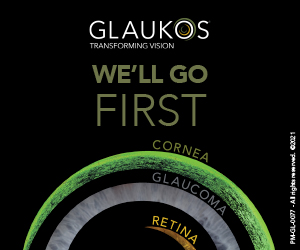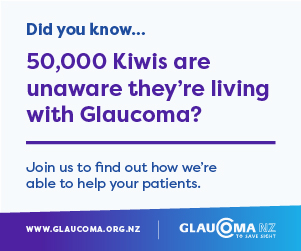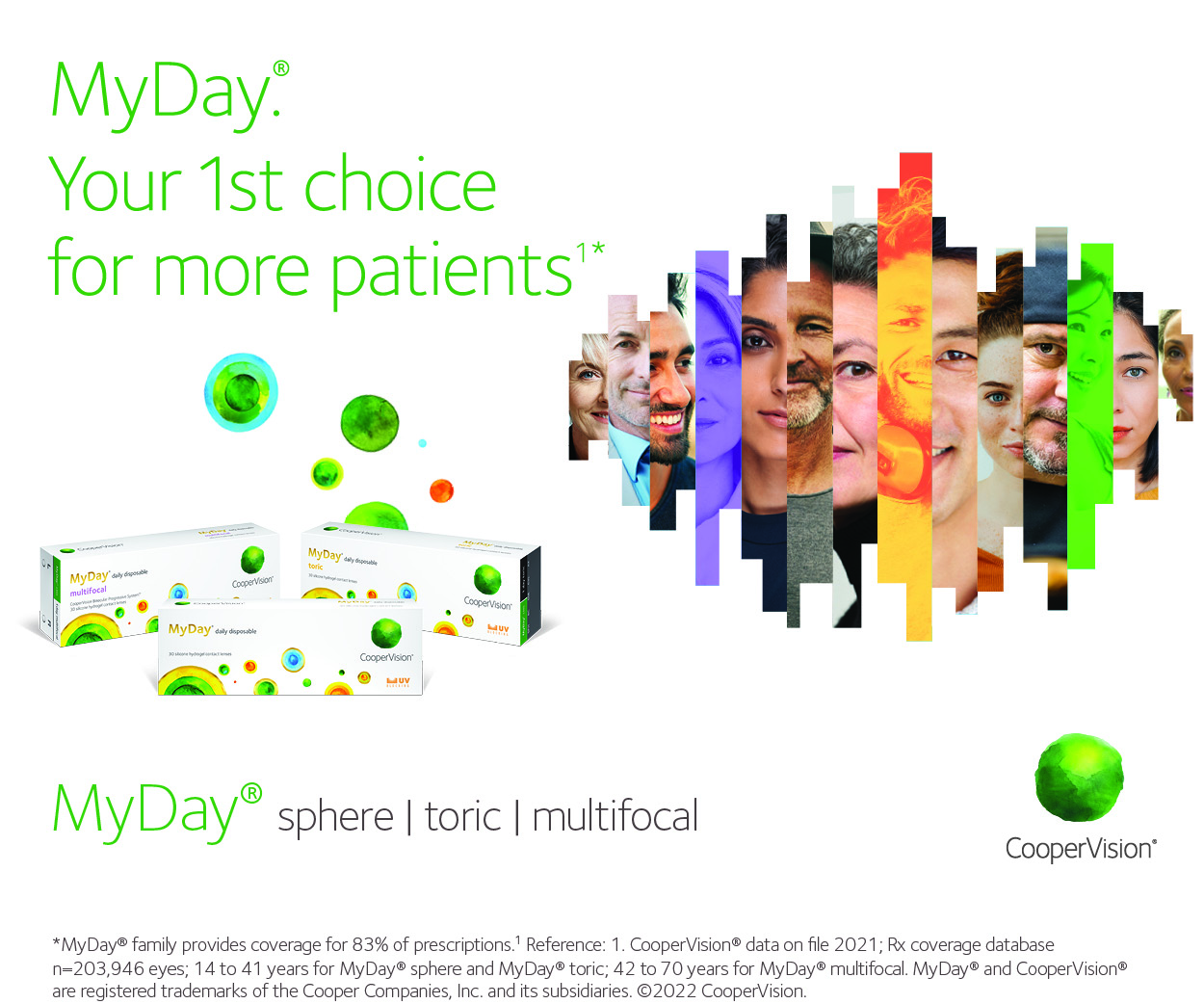Optejet reduces preservative damage
US-based ophthalmic pharmaceutical firm Eyenovia released details of its latest study demonstrating that its Optejet eyedrop dispenser reduced conjunctival cell toxicity from preserved ophthalmic solutions to a level comparable with non-preserved solutions.
Conducted in collaboration with Tufts Medical Center, the study evaluated ocular surface damage from latanoprost+benzalkonium chloride (BAK) treatment administered via Optejet versus latanoprost+BAK via standard eye drops. Researchers assessed cell viability, cytotoxicity, apoptosis, reactive oxygen species generation and ATP generation, and found Optejet technology had similar results to both latanoprost without BAK and no-treatment controls, across all four measures.
According to Eyenovia, Optejet dispenses precise volumes of solution in a mist to distribute the dose evenly over the cornea. “It is well established that BAK preservative in most preserved eye drops causes damage to the ocular surface, including the cornea epithelium, conjunctiva and neural cells. The current study successfully proved that due to the much smaller volume of drug and preservatives required with the Optejet device, the level of ocular surface damage due to preservative toxicity would be minimal,” said Beth Scott, Eyenovia’s vice president of regulatory and medical affairs.
For more, see www.eyeonoptics.co.nz/articles/archive/unravelling-nz-s-lack-of-preservative-free-drops



























